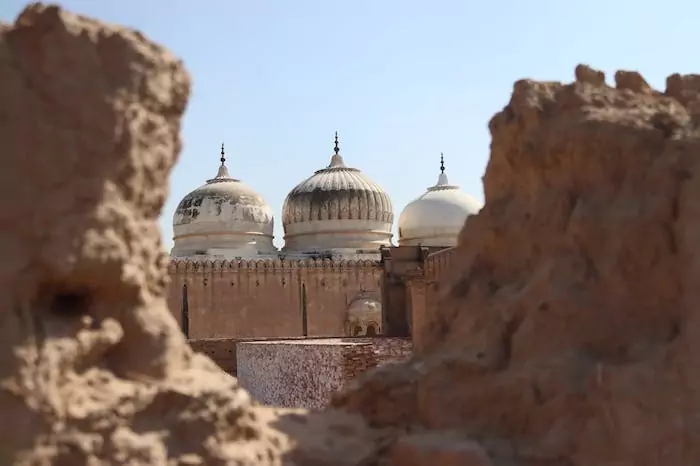The History of Pakistan is rich and varied, yet much of its heritage lies hidden in lesser-known regions that rarely make it into mainstream narratives. These areas, often overshadowed by the bustling metropolises of Lahore, Karachi, and Islamabad, hold stories that reveal a diverse and intricate past.
Exploring these regions through travel offers a unique glimpse into the cultural and historical fabric of the nation, with its distinct traditions, ancient ruins, and historical events that have shaped the identity of Pakistan.
The Forgotten History of Pakistan: Stories from the Lesser-Known Regions
- The Mystical Valleys of Chitral
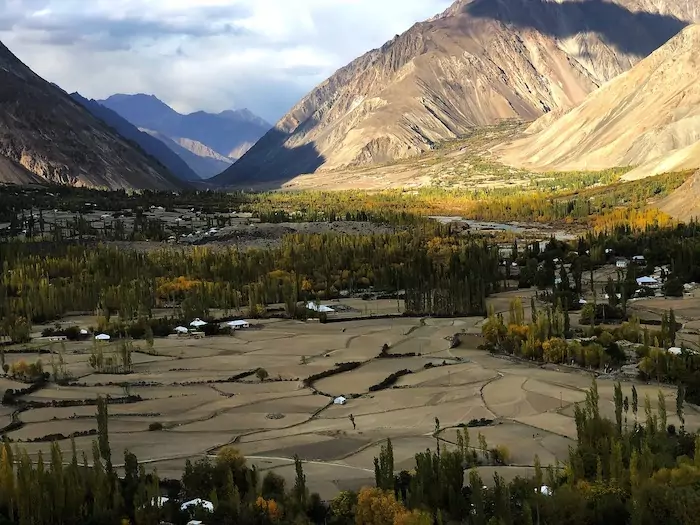
Chitral, located in the northwestern part of Pakistan, is a region often associated with its stunning landscapes and the majestic Tirich Mir, the highest peak of the Hindu Kush. However, Chitral’s historical significance goes beyond its natural beauty. The region has been a crossroads of cultures for centuries, with influences from Central Asia, Persia, and South Asia. The Kalash people, an indigenous group residing in the valleys of Bumburet, Rumbur, and Birir, are perhaps the most unique cultural aspect of Chitral. Their distinct language, religion, and customs stand as a testament to the region’s rich and diverse history.
The Kalash claim to be descendants of Alexander the Great’s soldiers, a belief that, whether myth or reality, has sparked considerable interest among historians and anthropologists. This isolated community has preserved its traditions for centuries, largely untouched by the outside world. The annual Chilam Joshi festival, a celebration of spring, is a vibrant display of their culture, attracting visitors fortunate enough to catch a glimpse of this hidden gem of Pakistani heritage.
- The Ancient City of Makran
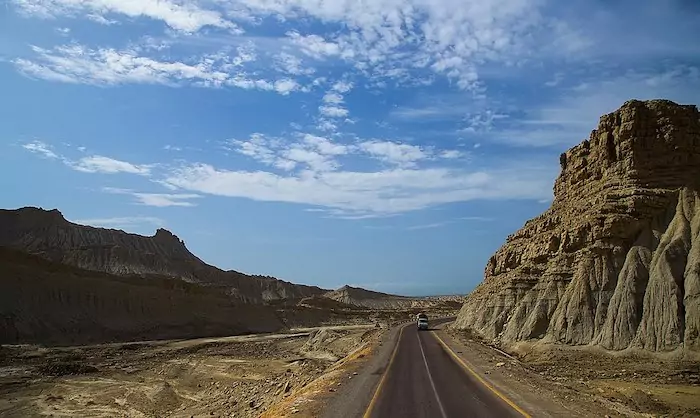
The coastal region of Makran, in Balochistan, holds a wealth of history often overlooked by travellers and scholars alike. Makran has been a significant region since ancient times, serving as a crucial link in trade routes that connected the Middle East, South Asia, and beyond. The remnants of the ancient city of Banbhore believed to be the historical Debal where the Arab general Muhammad bin Qasim first set foot in South Asia in 711 AD, can be found in this region. The ruins speak of a city that was once a thriving hub of commerce and culture, where Arab, Persian, and local influences merged to create a unique society.
Makran’s significance doesn’t end with its ancient past. The region also played a pivotal role in the spread of Islam in South Asia. The coastal town of Gwadar, now famous for its deep-sea port, has a history that stretches back centuries as a strategic outpost for various empires, including the Omanis, who ruled the area until Pakistan acquired it in 1958.
- The Enigmatic Forts of Baltistan
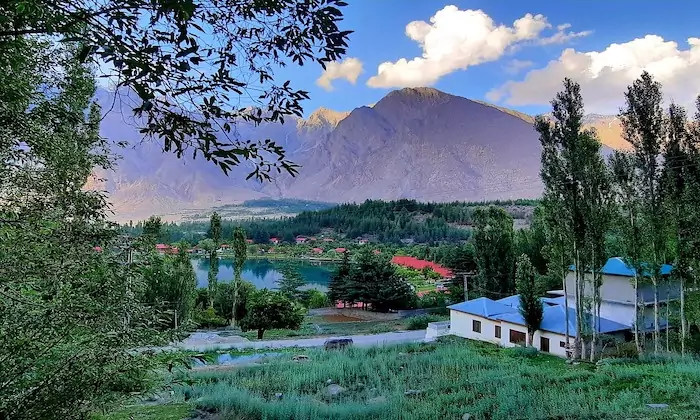
Baltistan, known as the “Tibet of Pakistan,” is home to some of the most enigmatic forts in the country. The region’s history is closely tied to the ancient Silk Road, with its high-altitude passes serving as crucial conduits for trade between Central Asia and the Indian subcontinent. Skardu, the capital of Baltistan, houses the famous Skardu Fort, also known as Kharpocho Fort, which dates back to the 16th century. Perched on a hill overlooking the Indus River, the fort has witnessed countless battles and served as the seat of power for the local rulers, known as the Rajas of Skardu.
Further into Baltistan, the Shigar Fort, a beautifully restored heritage site, offers a glimpse into the architectural ingenuity of the region. Originally built in the 17th century, the fort has been transformed into a boutique hotel, allowing visitors to experience the history and culture of Baltistan firsthand. These forts, with their rich histories, are crucial to understanding the region’s strategic importance and its role in the broader history of Pakistan.
- The Hidden Buddhist Heritage of Swat Valley
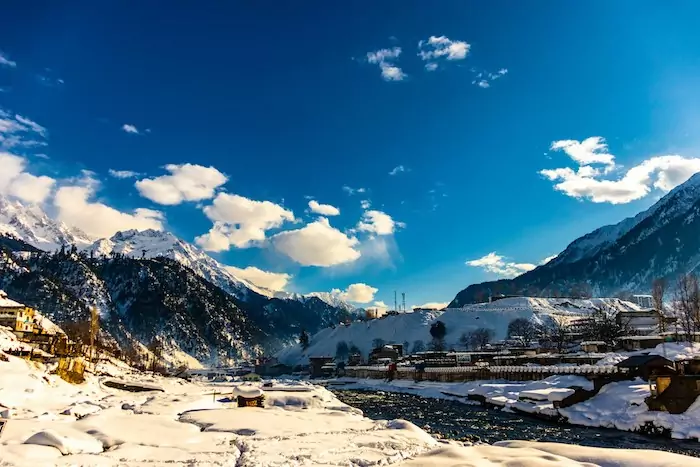
Valley, often referred to as the “Switzerland of Pakistan,” is not just a place of stunning landscapes but also a repository of ancient Buddhist heritage. Before the advent of Islam in the region, Swat was a major centre of Buddhism, with hundreds of monasteries and stupas dotting the landscape. The archaeological remains of these sites, particularly the Buddhist rock carvings and the towering Buddha statues at Jahanabad, are reminders of the valley’s spiritual significance.
The valley was part of the ancient Gandhara civilization, which was crucial in spreading Buddhism across Asia. The Swat Museum, located in Saidu Sharif, houses a remarkable collection of artefacts from this period, including sculptures, coins, and pottery that tell the story of Swat’s Buddhist past. Unfortunately, many of these historical sites have suffered due to conflict and neglect. Still, efforts are underway to preserve and restore them, highlighting the valley’s importance in the forgotten history of Pakistan.
Exploring the Unseen: A Journey Through Pakistan’s History
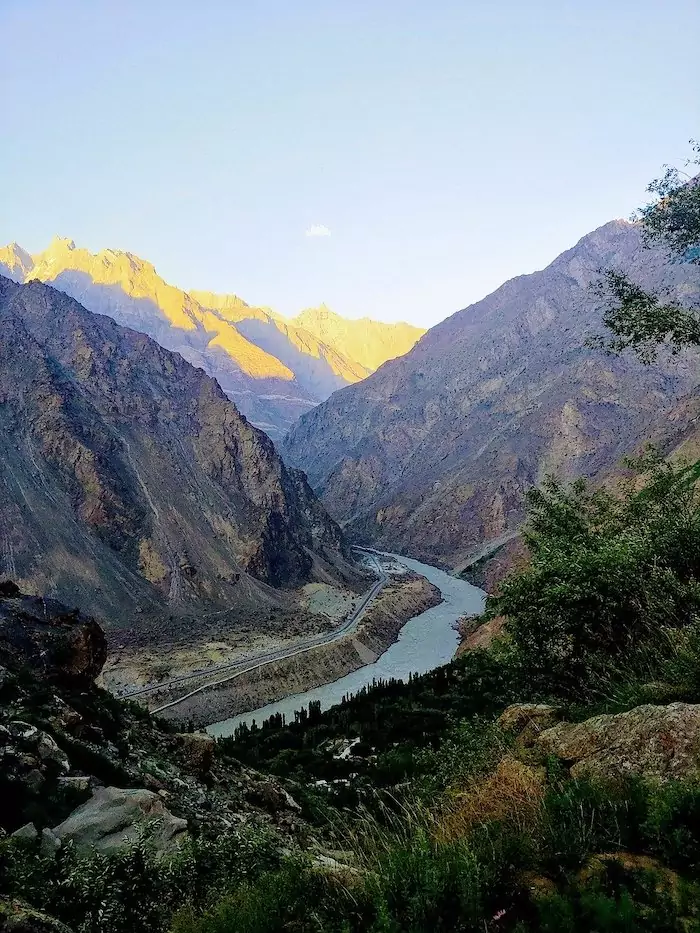
For those interested in uncovering the lesser-known histories of Pakistan, these regions offer a treasure trove of stories waiting to be discovered. From the mystical valleys of Chitral to the ancient ruins of Makran, and from the fortresses of Baltistan to the Buddhist heritage of Swat, each area presents a unique narrative that enriches the broader history of the nation.
As more Pakistan flights become available, and with increasing efforts to promote tourism in these remote areas, there is an opportunity for travellers and history enthusiasts to explore these hidden gems. By visiting these regions, one can not only witness the untold history of Pakistan but also contribute to the preservation and recognition of these cultural and historical treasures.

